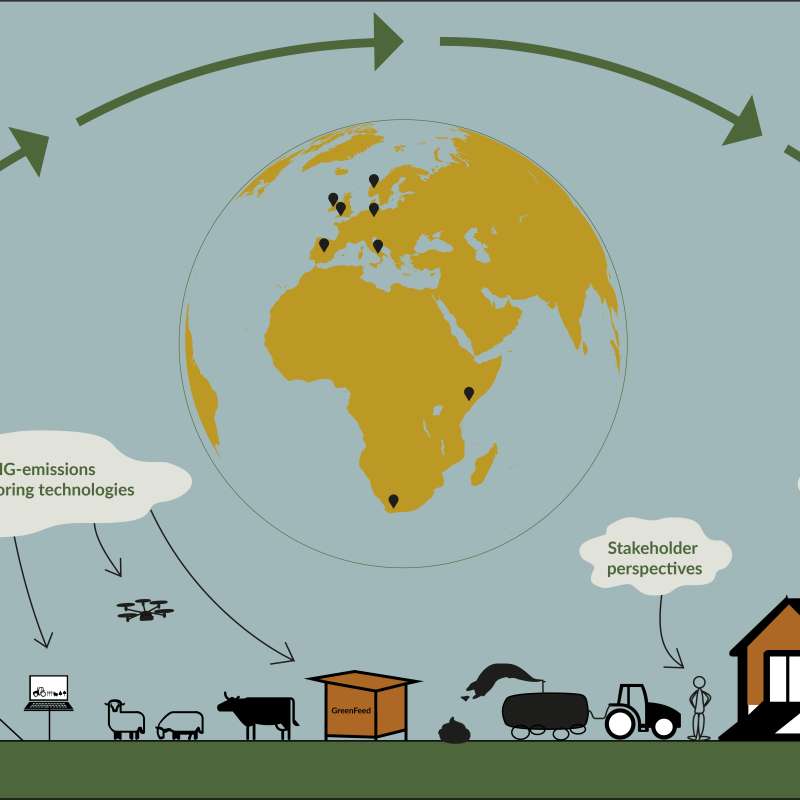Valborg Kvakkestad
Research Scientist
(+47) 481 32 706
valborg.kvakkestad@nibio.no
Place
Ås O43
Visiting address
Oluf Thesens vei 43, 1433 Ås
Abstract
No abstract has been registered
Abstract
No abstract has been registered
Abstract
No abstract has been registered

Division of Food Production and Society
CircAgric - Strategies for Circular Agriculture to reduce GHG emissions
This project involved extensive collaboration across multiple work packages (WPs) to advance circular nutrient management and sustainable agricultural development in Europe and Africa.
.jpg?quality=60)
Division of Food Production and Society
Cultivating sustainable changes in livestock feed production and feeding practices (Feed&Feeding)
The project will evaluate various strategies for feed production and feeding practices to enhance the sustainability of Norway's food system and support national agricultural policy goals. These strategies include adjusting livestock diets, improving breeding and animal health, and introducing new protein sources for feed. The project will assess environmental impacts, such as land use changes, greenhouse gas emissions, soil carbon levels, nutrient balances, and biodiversity, as well as socioeconomic impacts, including food security, economic and social sustainability, and the viability of rural communities.

Division of Food Production and Society
Risk management of imported plants and seeds: possibilities for improved pest detection to prevent the introduction and spread of new pests
Plant pathogens and invertebrates harmful to plants continue to threatenfood security and natural habitats. In Norway, the responsibility of performingplant health inspections on imported plants has gradually shifted to importersof plants who are currently responsible for internal pest control and mustbe registered with the Norwegian Food Safety Authority.

Division of Food Production and Society
Agricultural mitigation measures and the value of water quality improvements
Agriculture is one of the main sources of water pollution in Norway, and an important contributor to GHG emissions.
